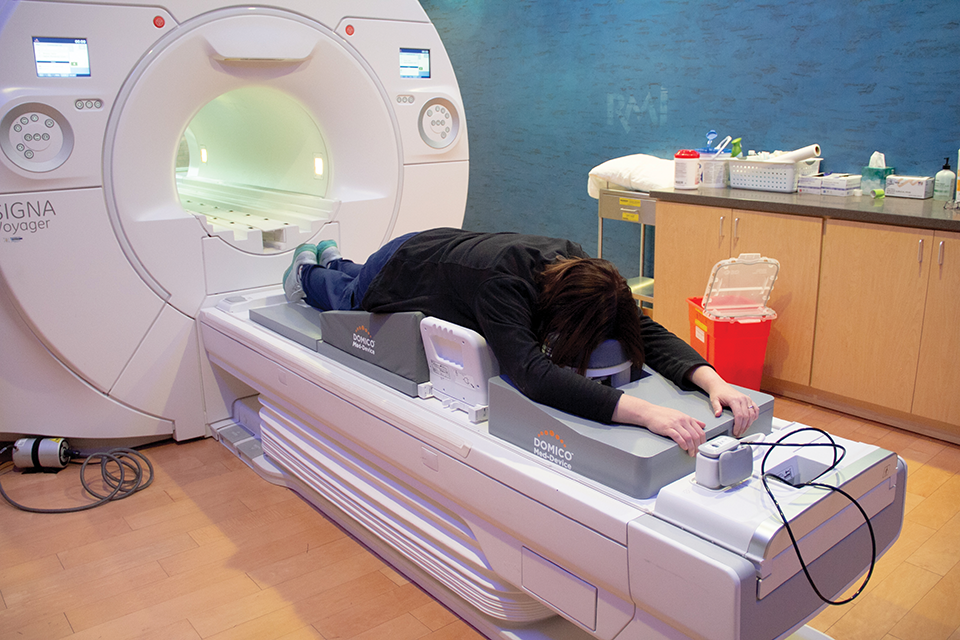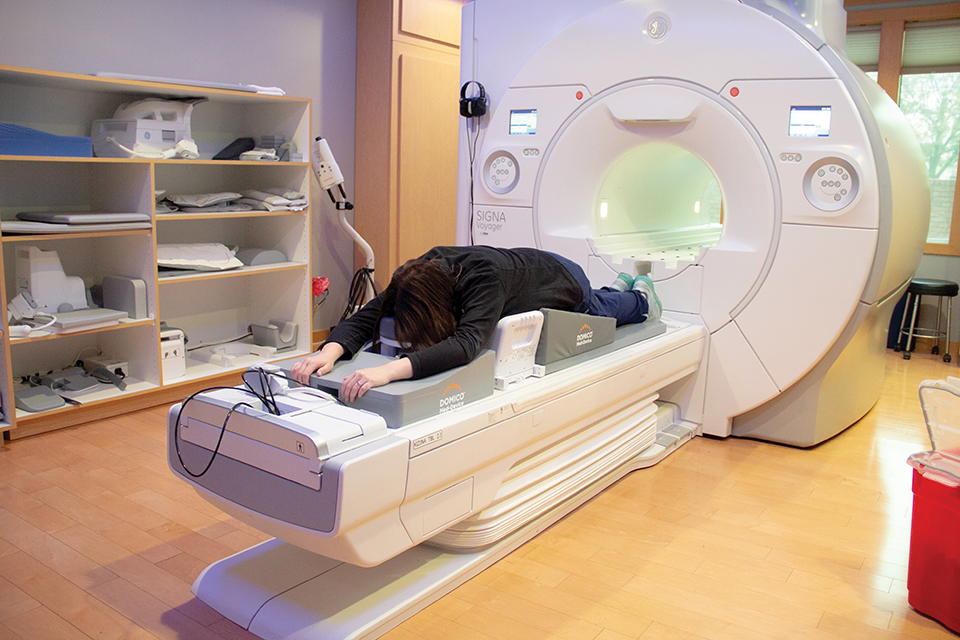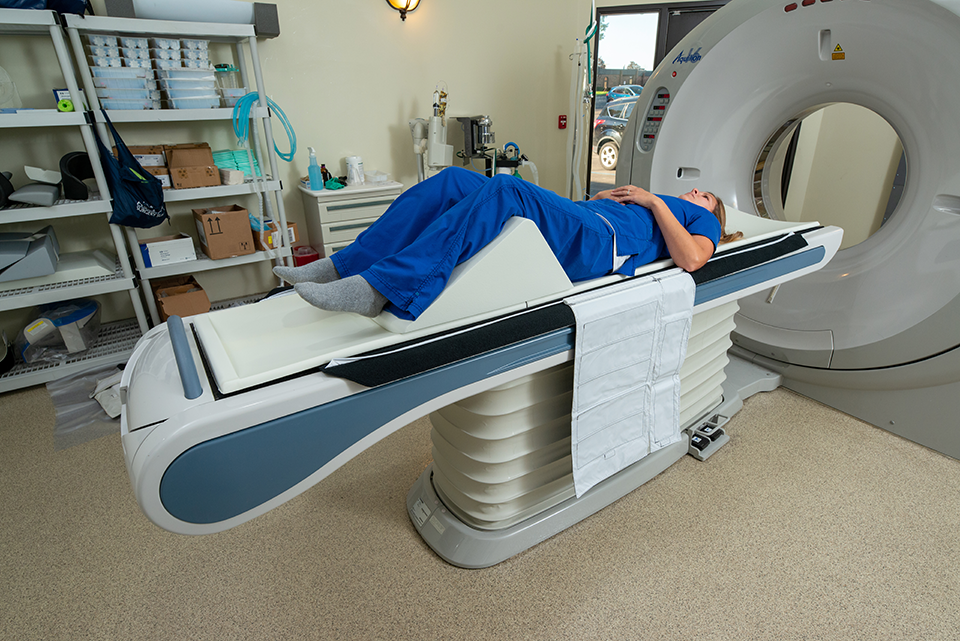4 min read
Why the Human Factor is Critical to Successful Medical Imaging, Part 2: Human-Centric Design Considerations
This is Part 2 of a 3-part series on how human-centric design fosters medical imaging success. Part 1detailed how overlooking the human factor...

 Patient Discomfort Causes Image Artifacts and Poor Experiences
Patient Discomfort Causes Image Artifacts and Poor Experiences Conclusion
Conclusion

